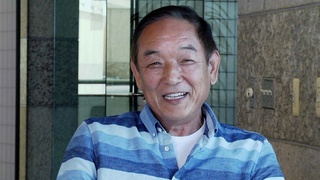Entrevistas
Gardening to nursery
I start working for 3 day gardening. How to start gardening is I went to 3 gardener friend take me one day each showed how they do it. So I get, the what you call, instant gardener, 3-day education. Then I went to Garden Grove nursery to help me out to get company, customer for me. So they gave me customer, so I went start working for the gardening for 3 days a week. But naturally first one, gradually increased the number of house, but first time I start working I was so scared because I didn't have any experience before, you know, but just 3 day I watching the friend do this.
Then, continue to doing it 3 day a week, then I just made money enough to make the payment and grocery bill and stuff. Then rest of the 4 day, I worked the yard to clean up and get ready for the growing the pansies to grow. That's what I start doing. Three day gardening, four day yard work. Then gradually start pansy growing. Then December come, pansy start blooming, so I packed packages to make nice color. Packages to basket to take the market. That way getting busy, so I quit gardening. That's my last gardening. No more after that. But you know I quit that and concentrate pansy growing. Then meantime I grow, start some other stuff growing, tried to quick money but not do too well. But pansy was only one make me money. So any extra money I made it, I buy other material to increase the nursery material to gradually look like a nursery.
Data: February 2, 2012
Localização Geográfica: California, US
Entrevistado: Chris Komai, John Esaki
País: Watase Media Arts Center, Japanese American National Museum





